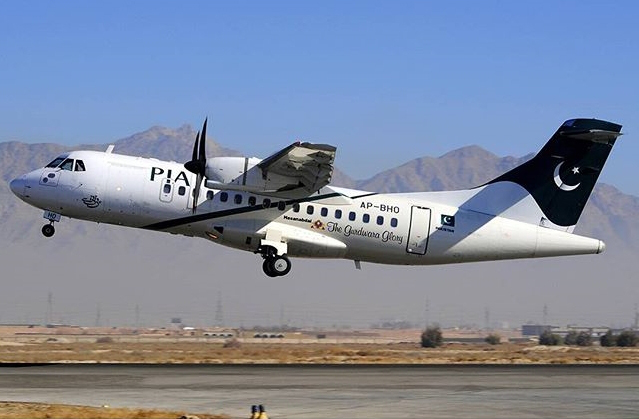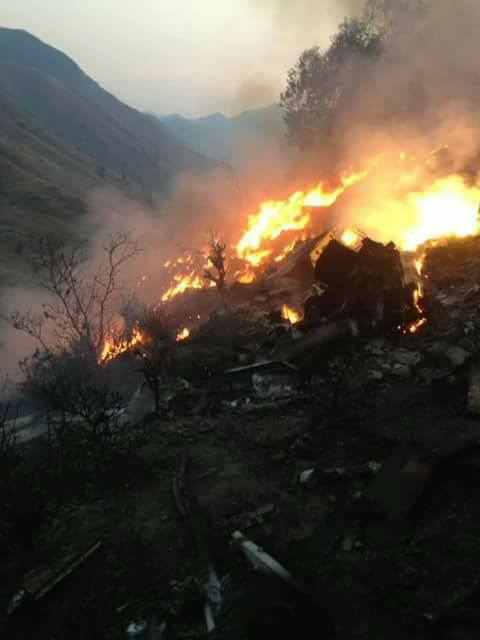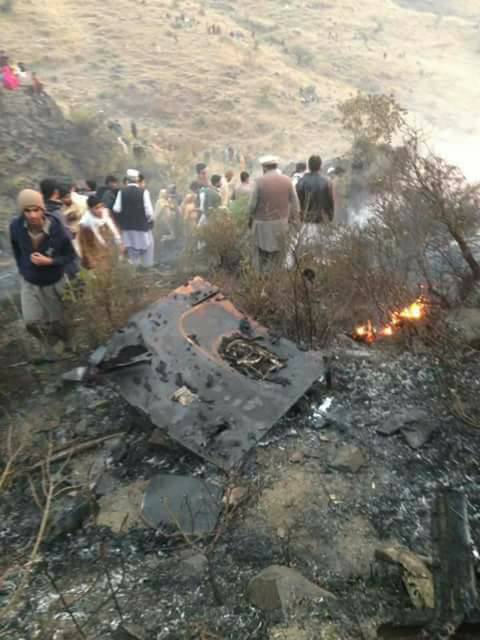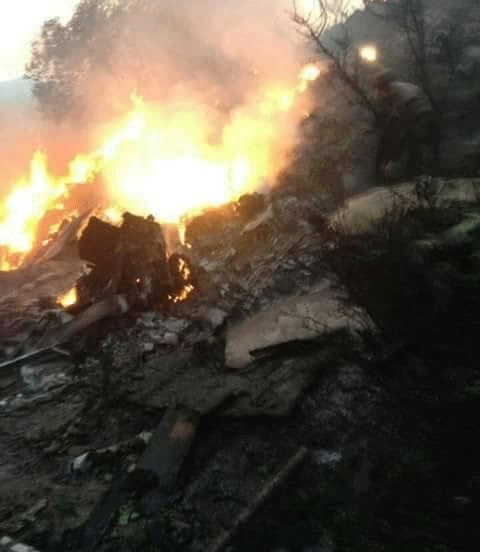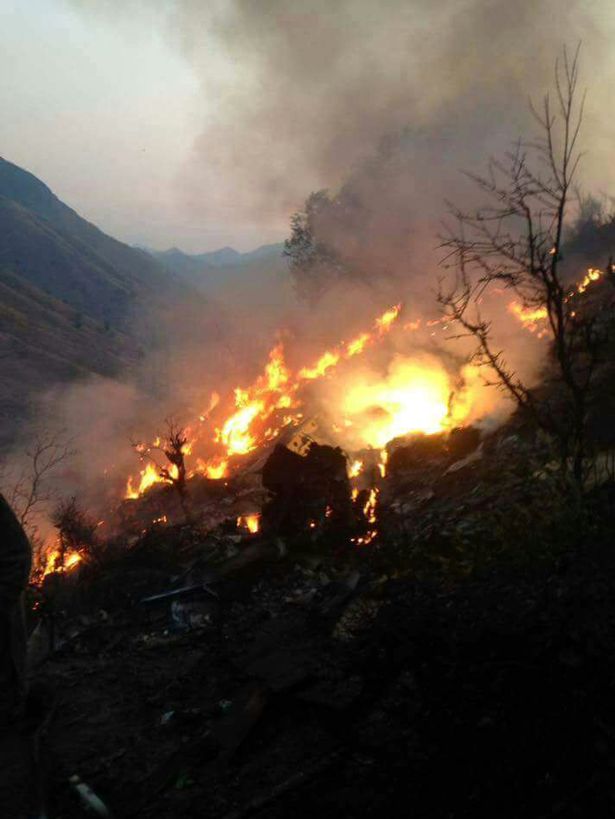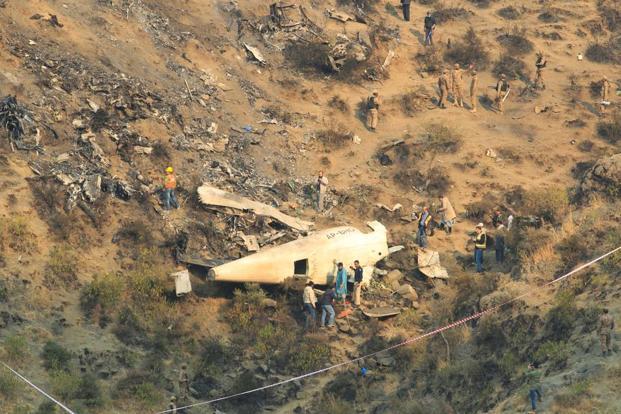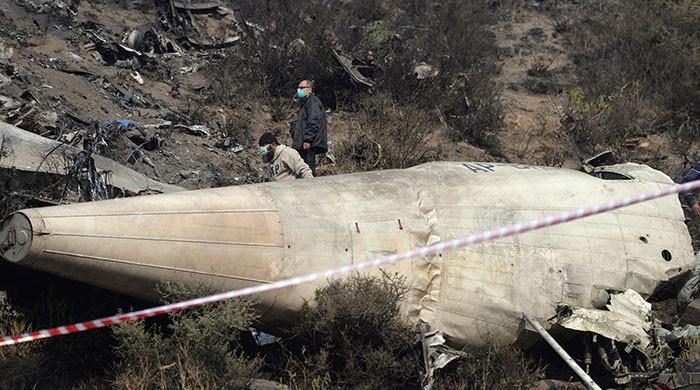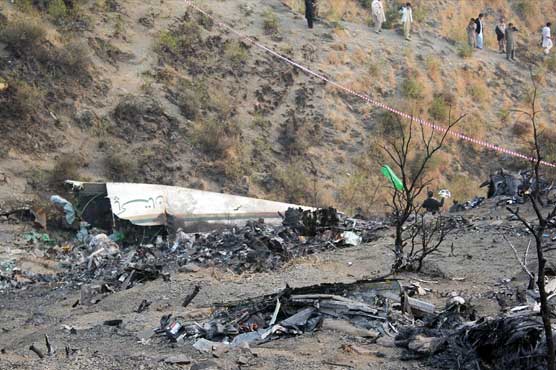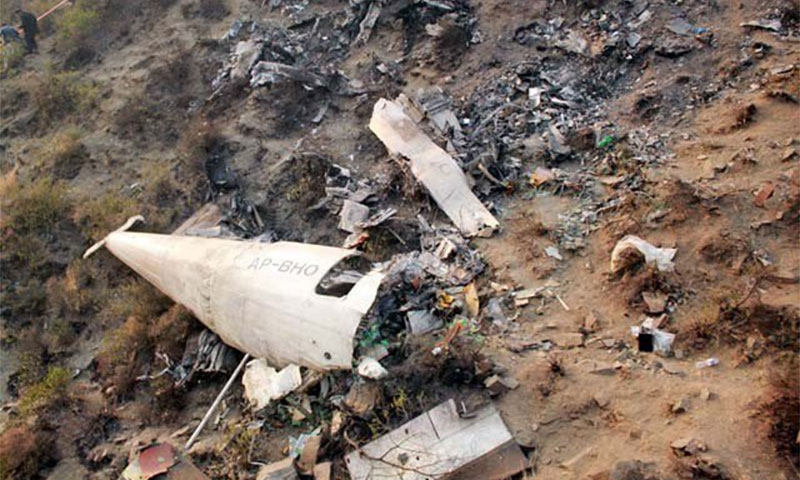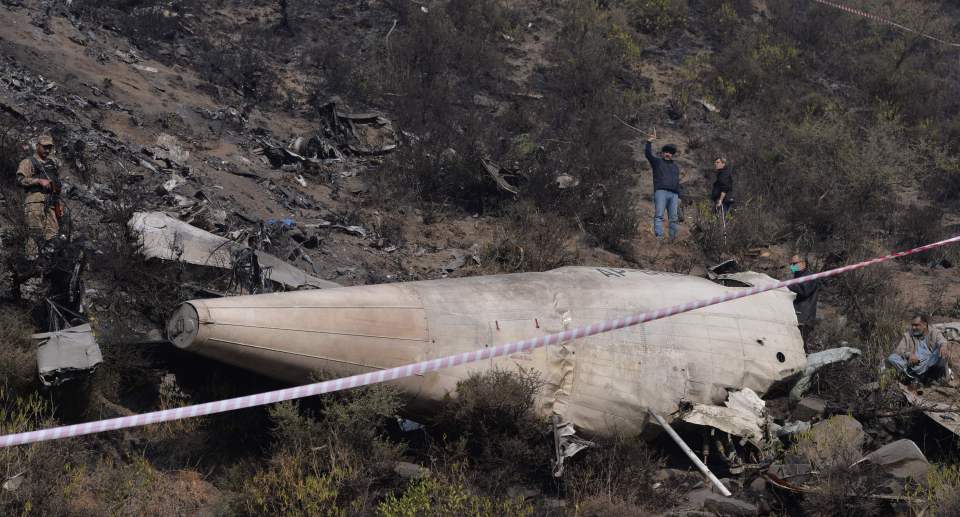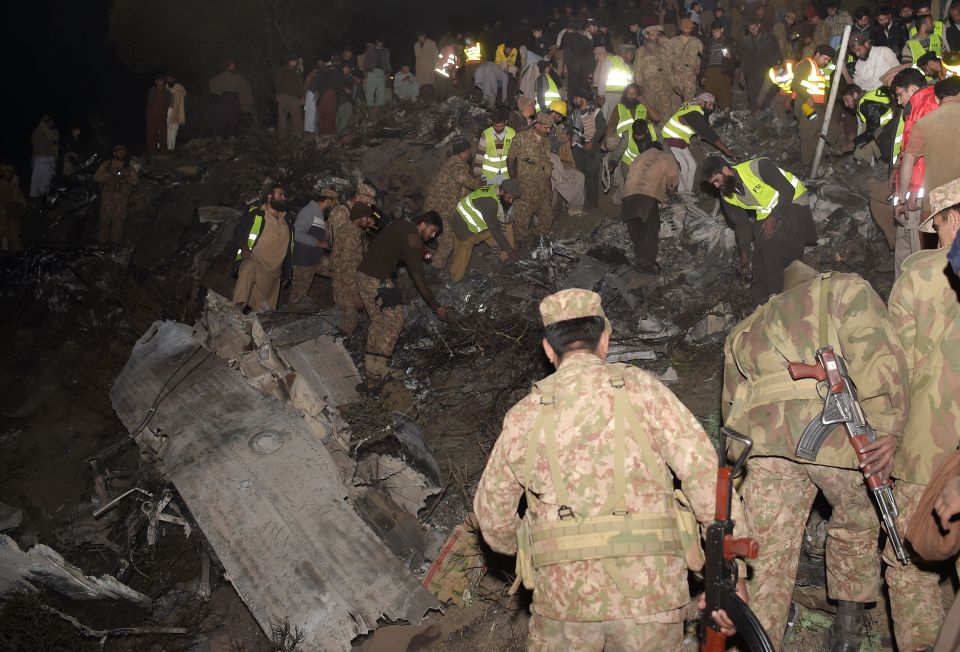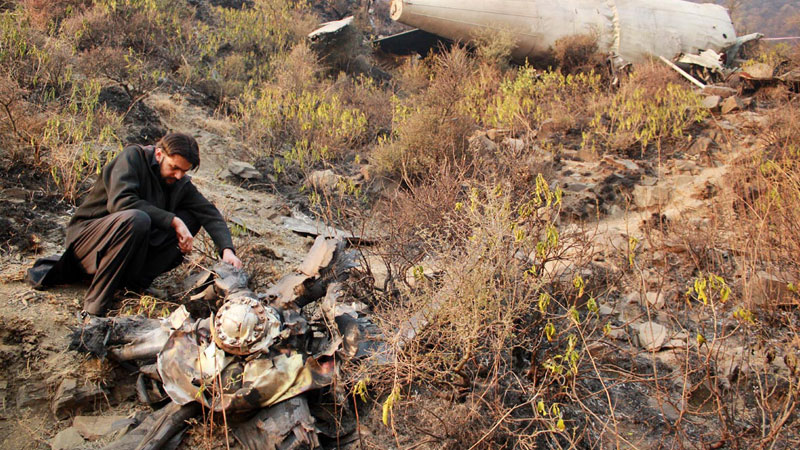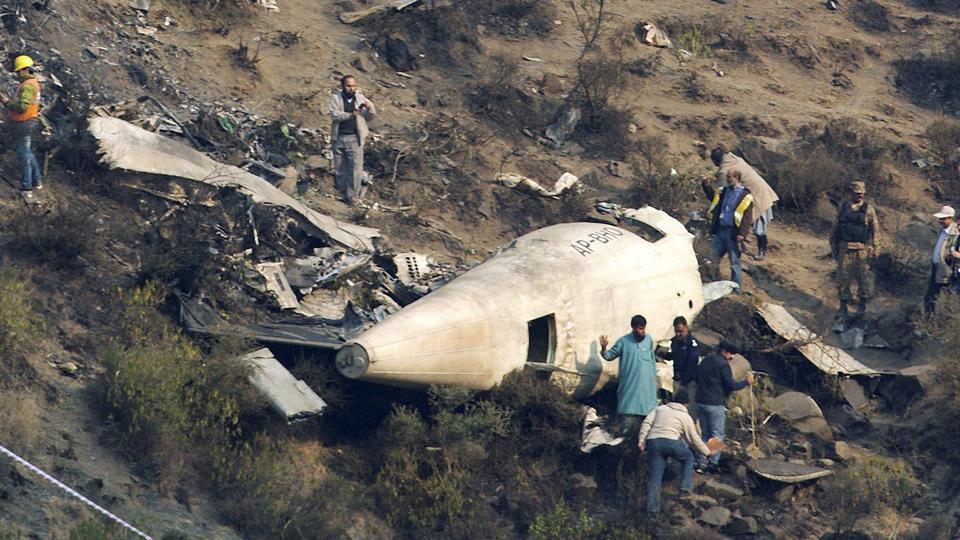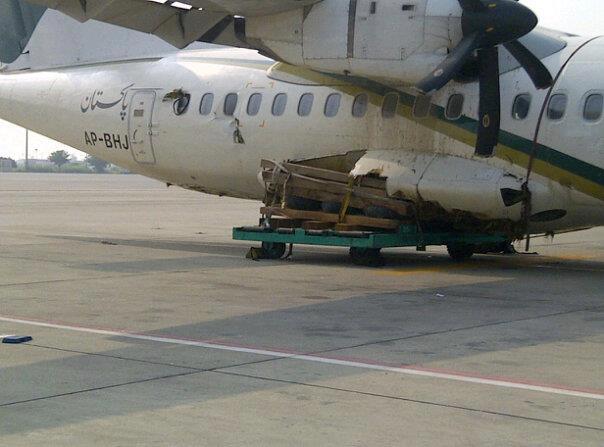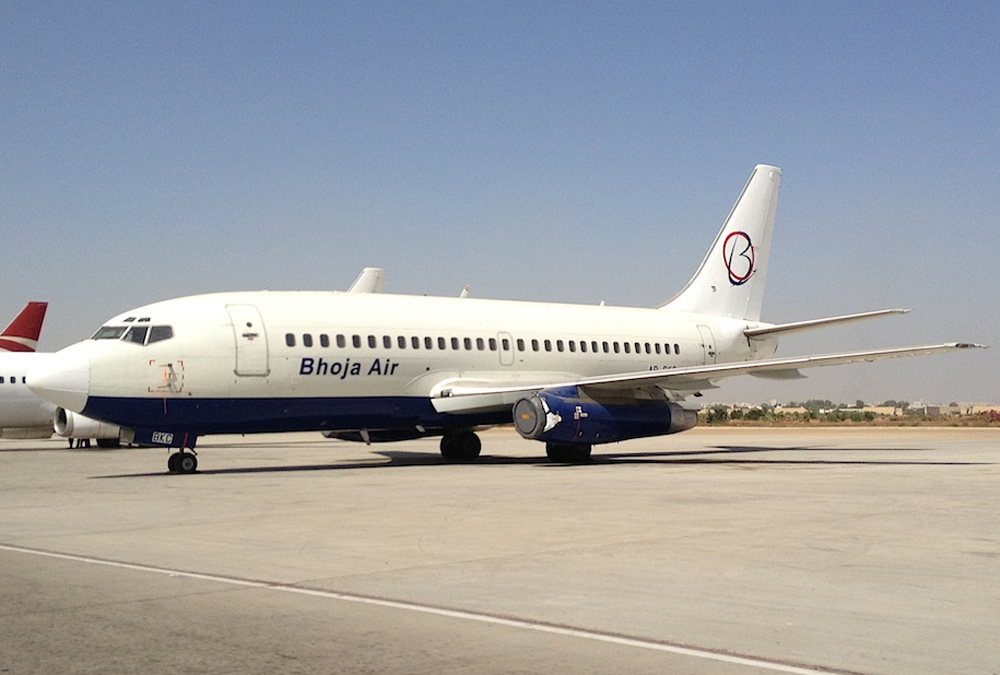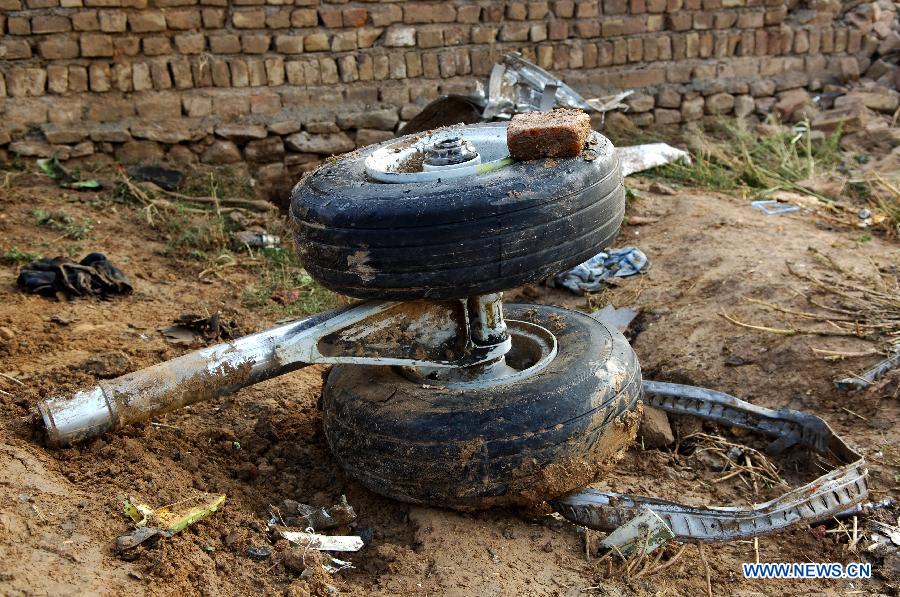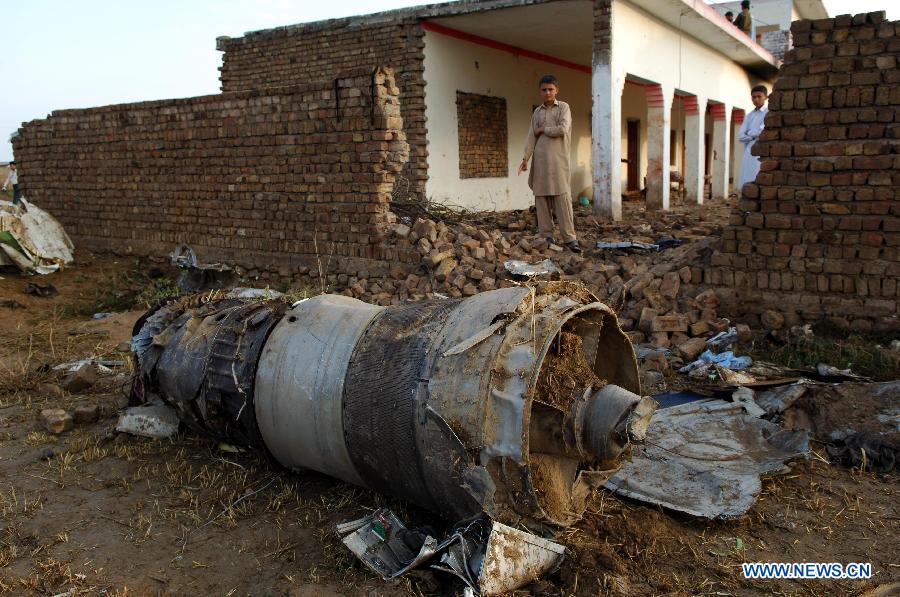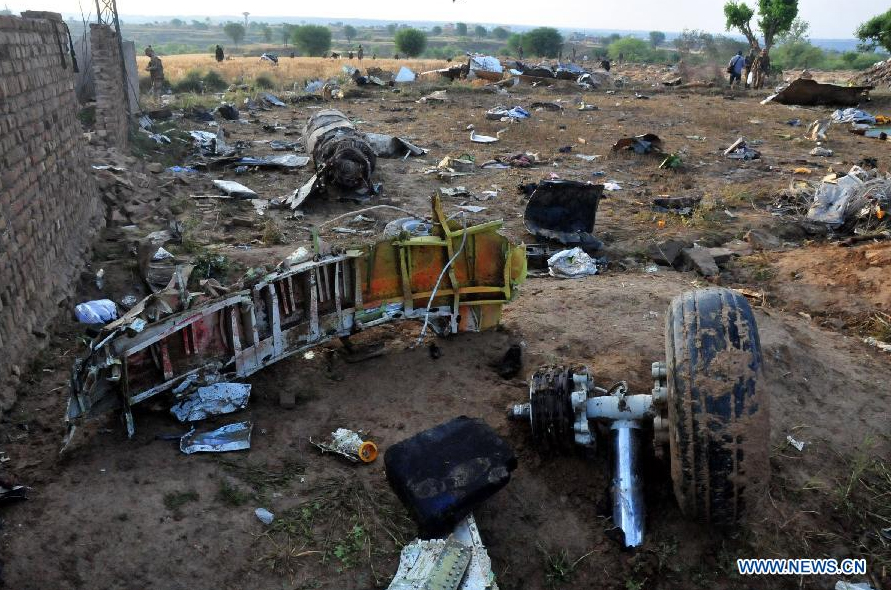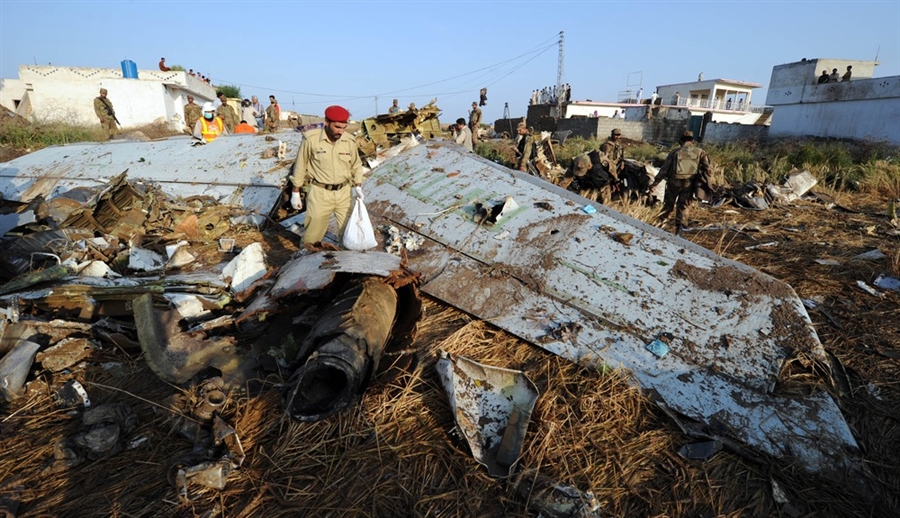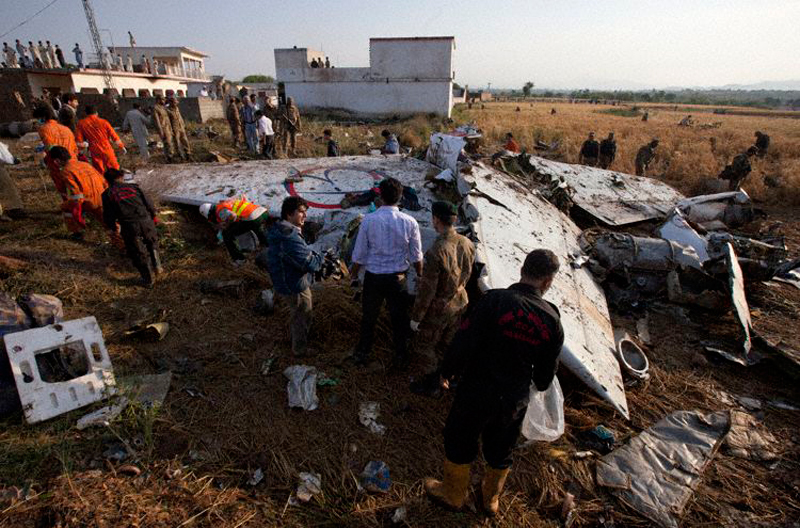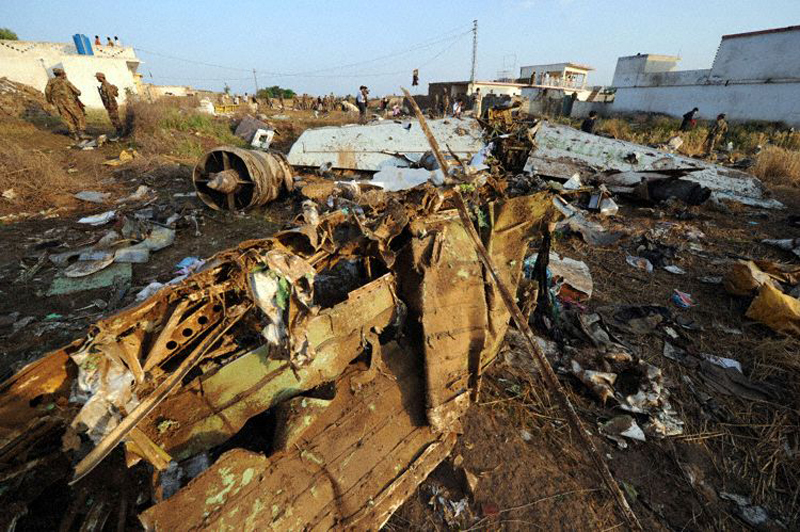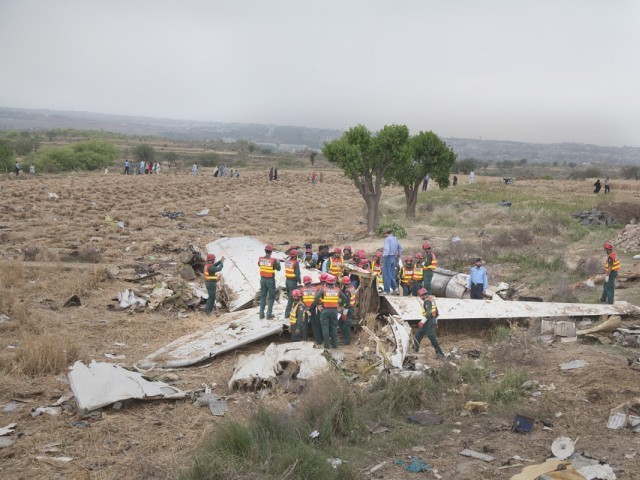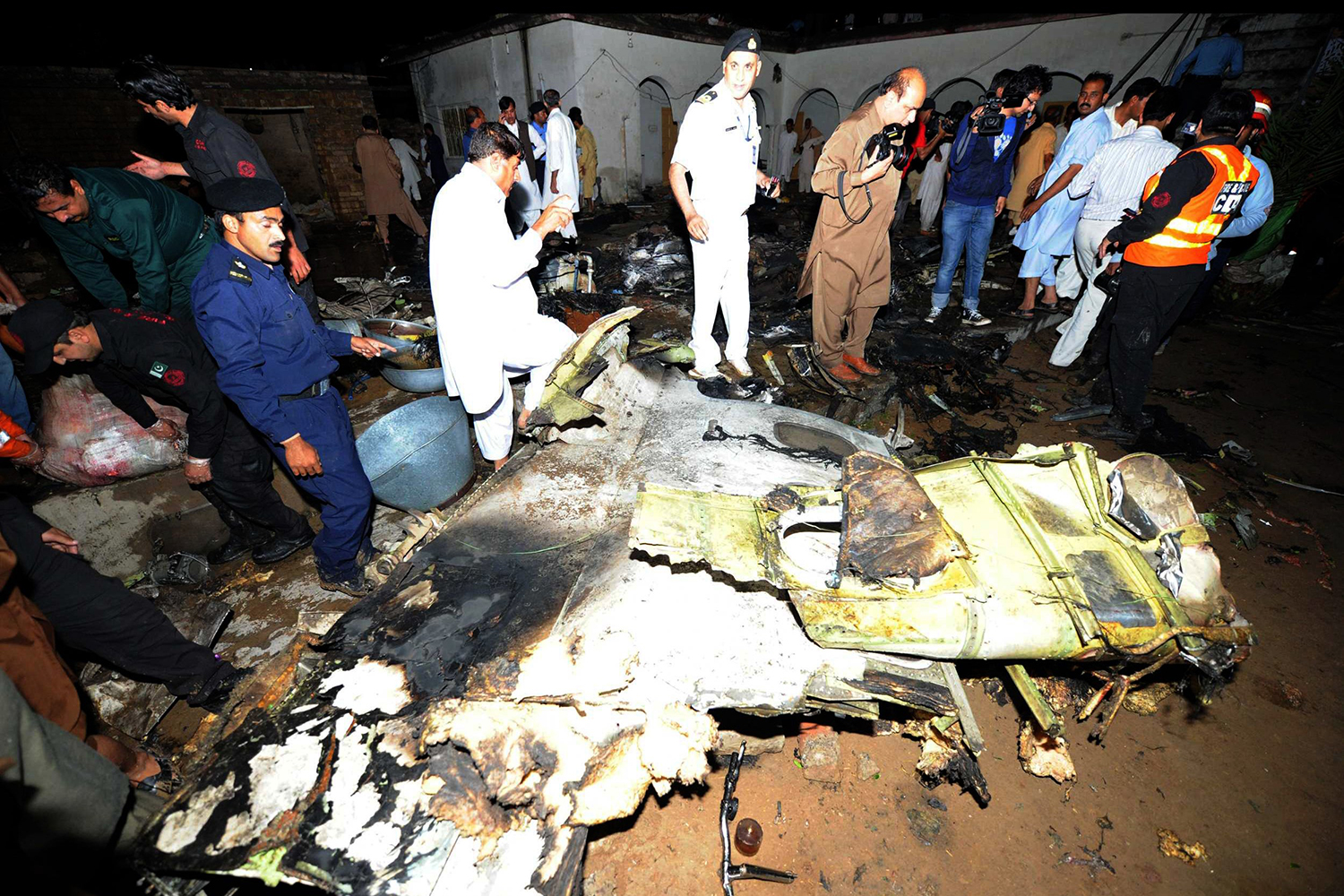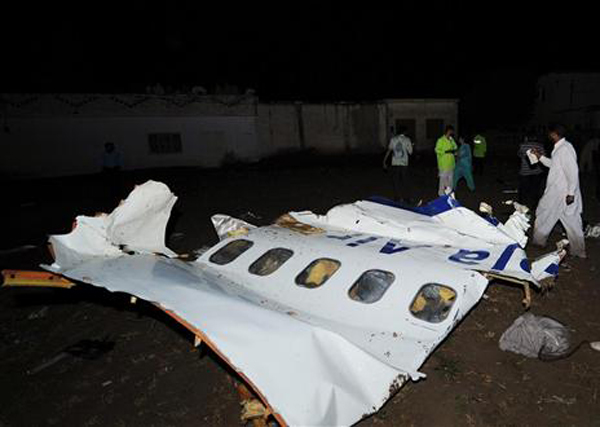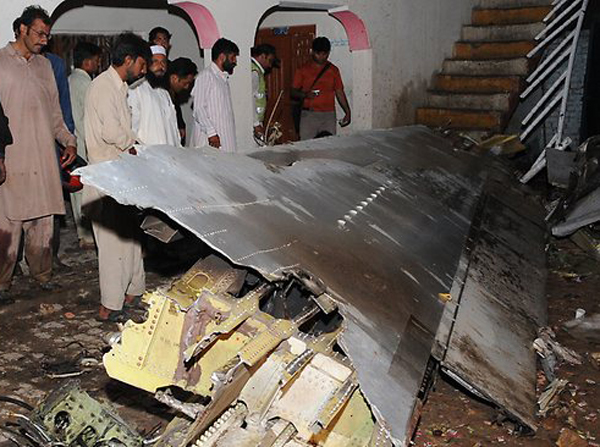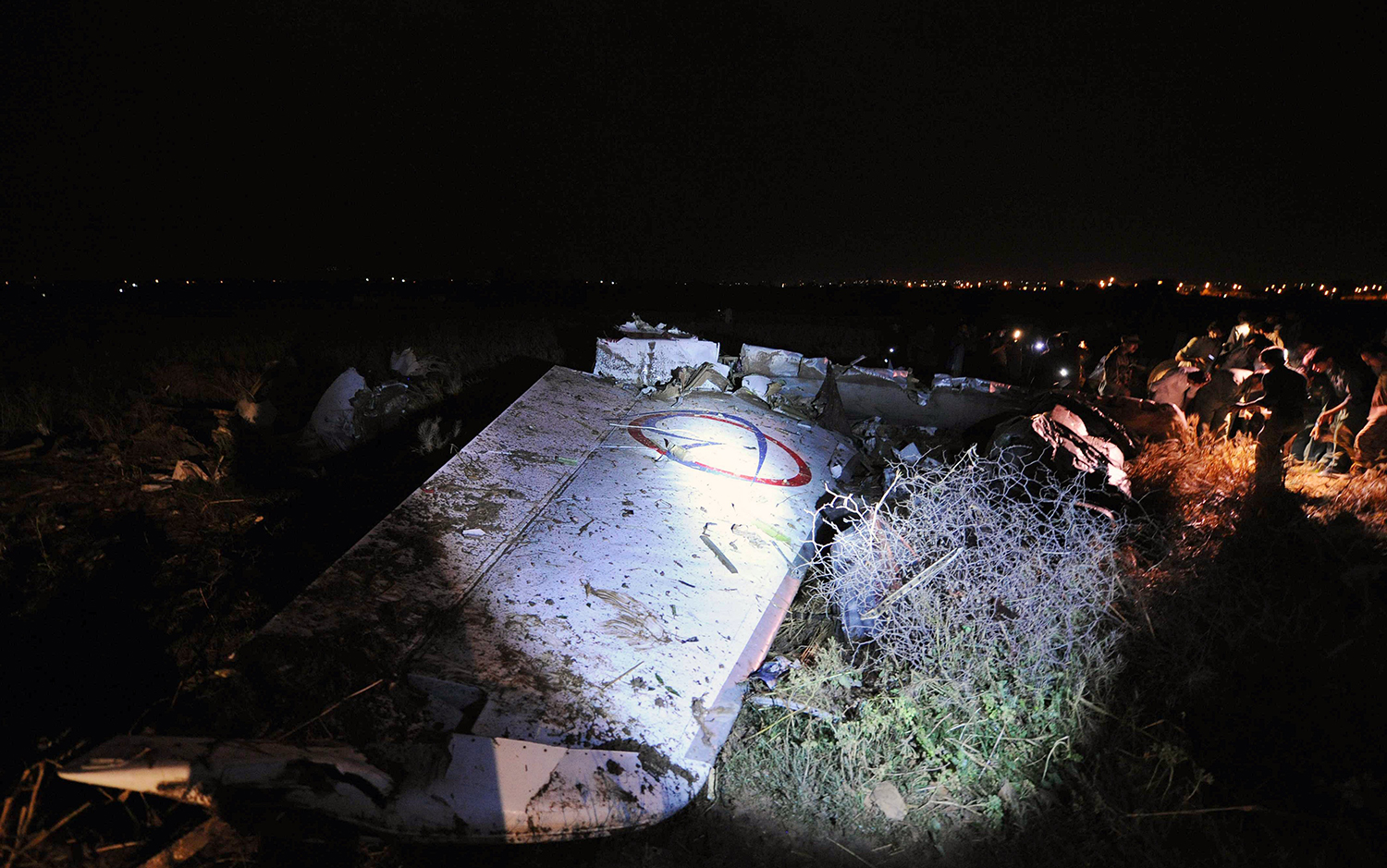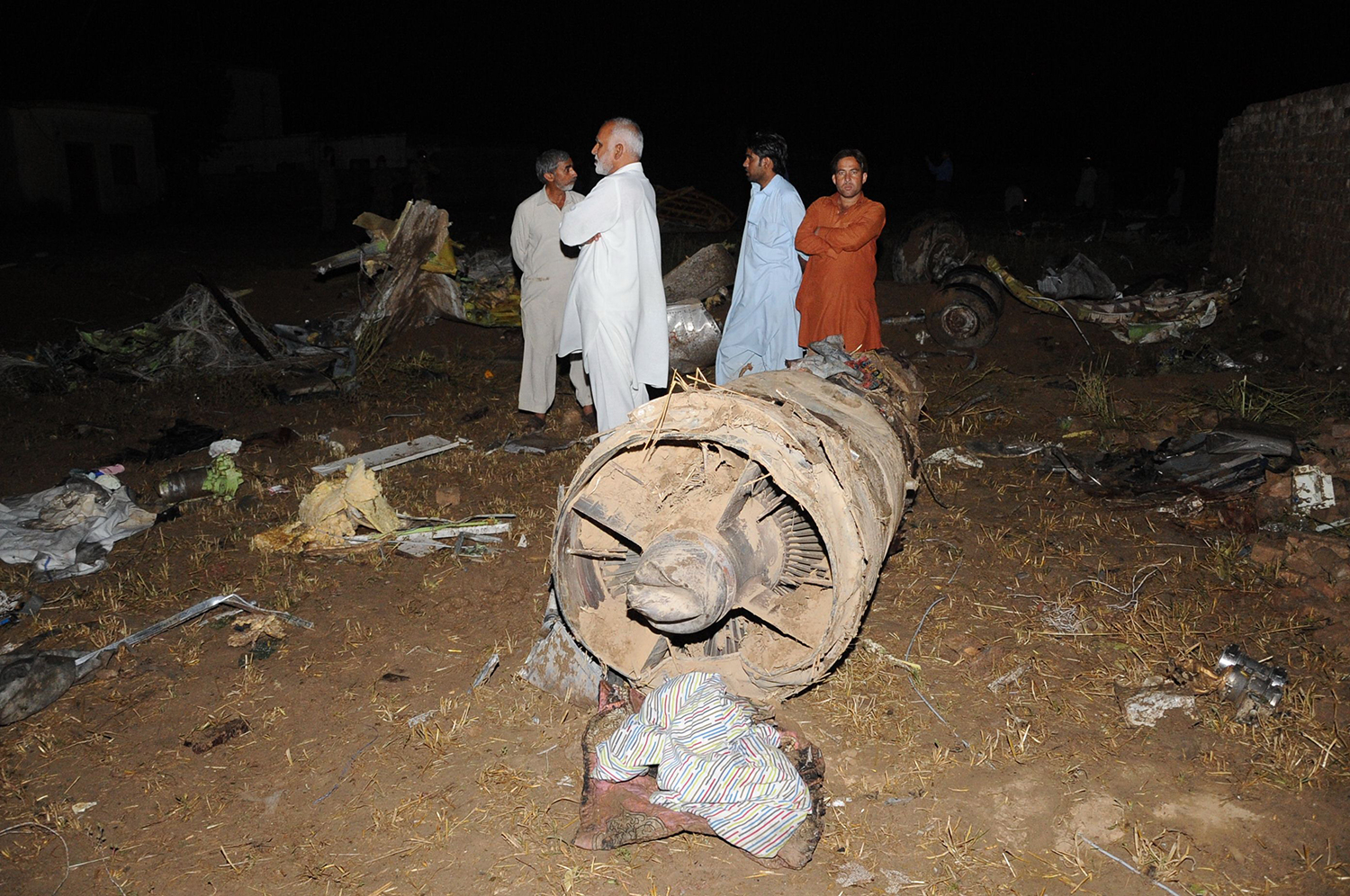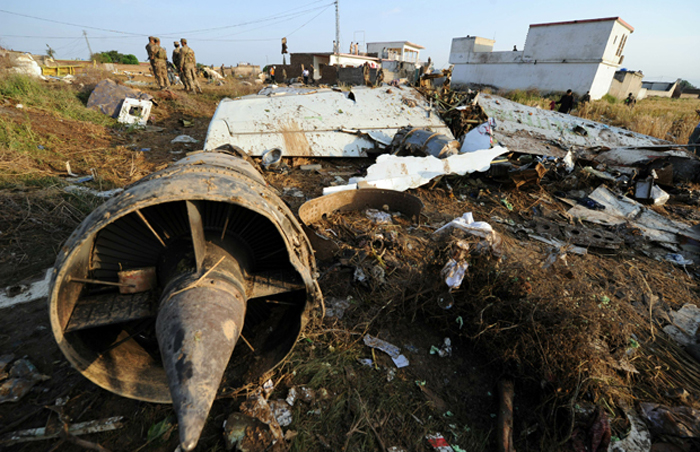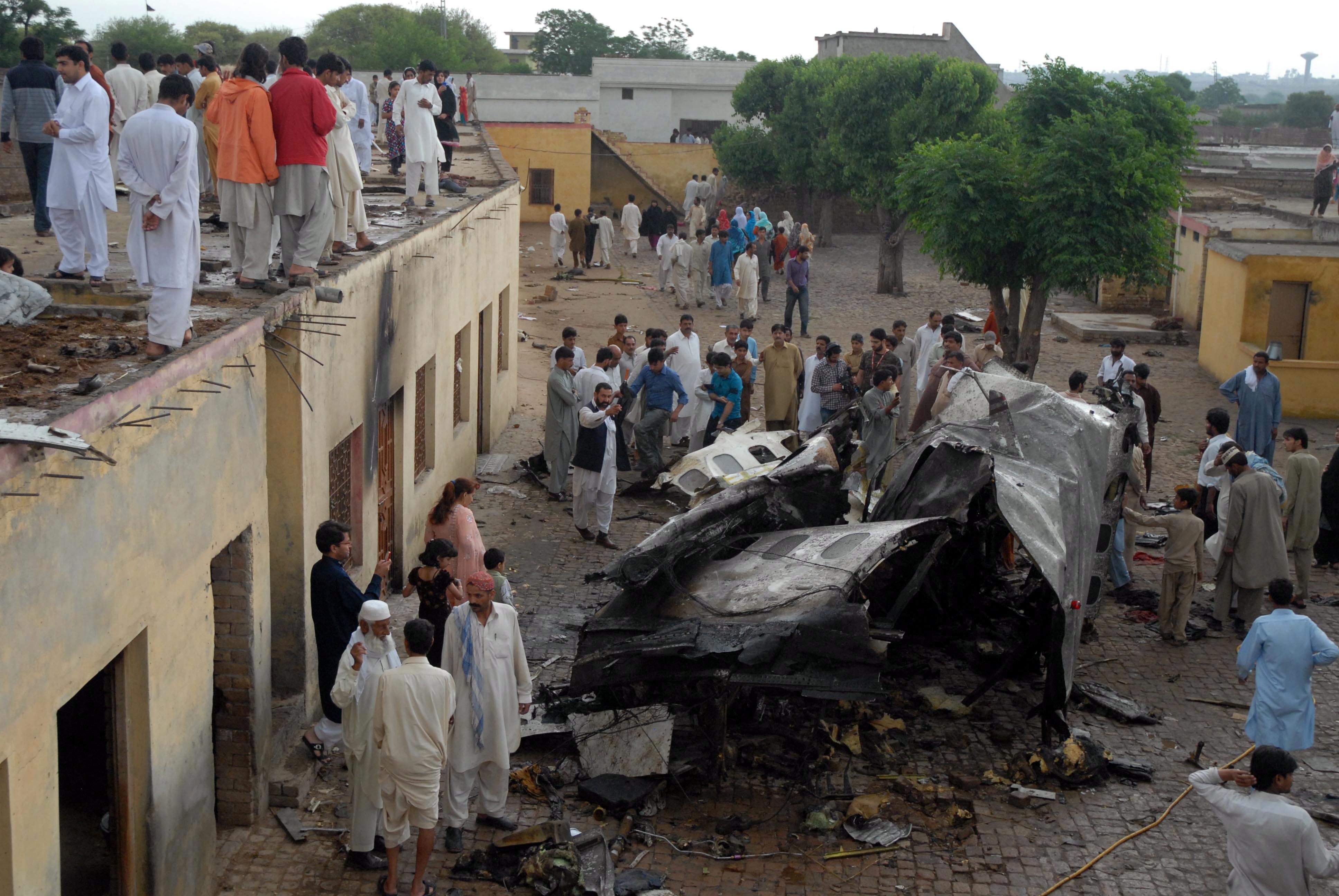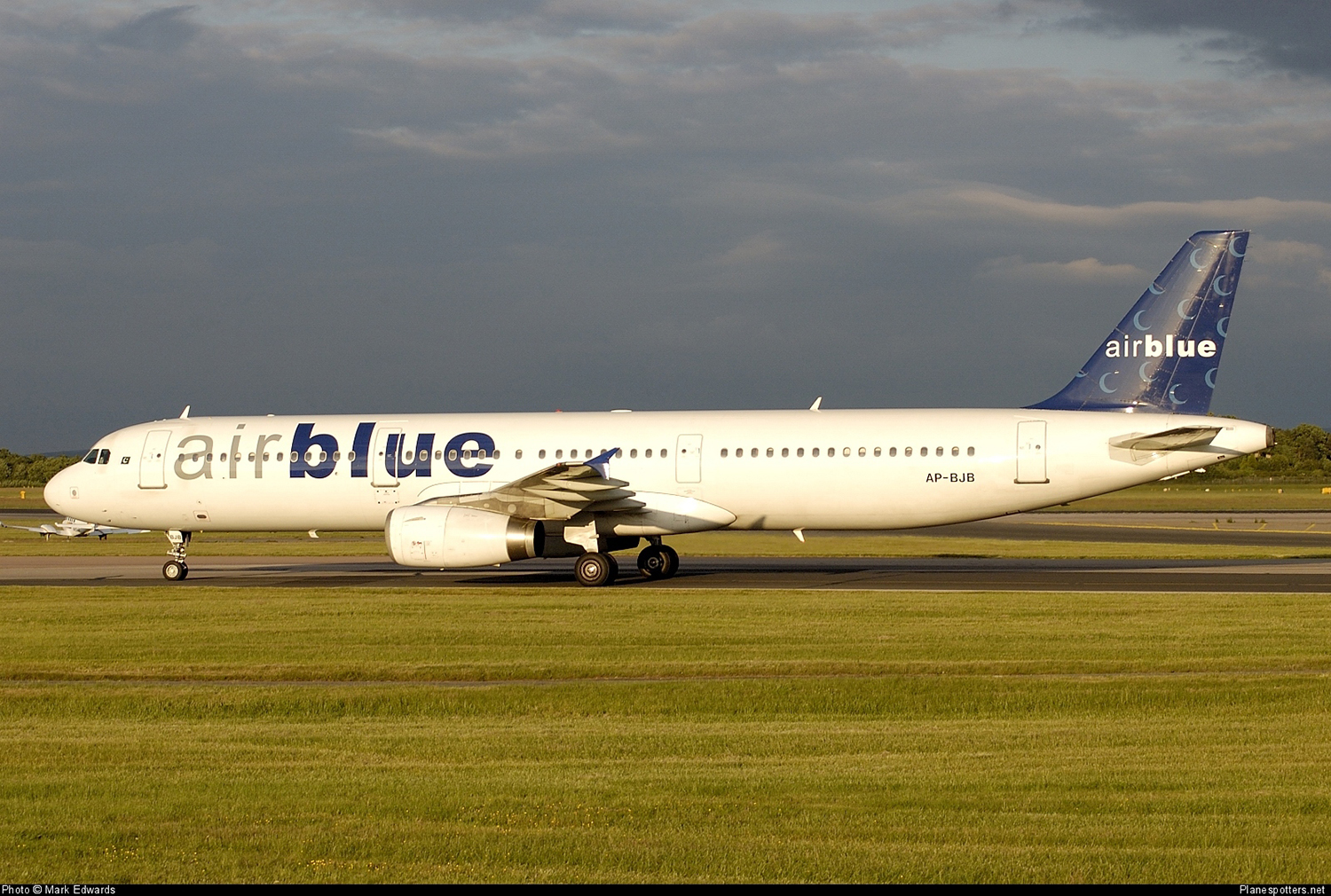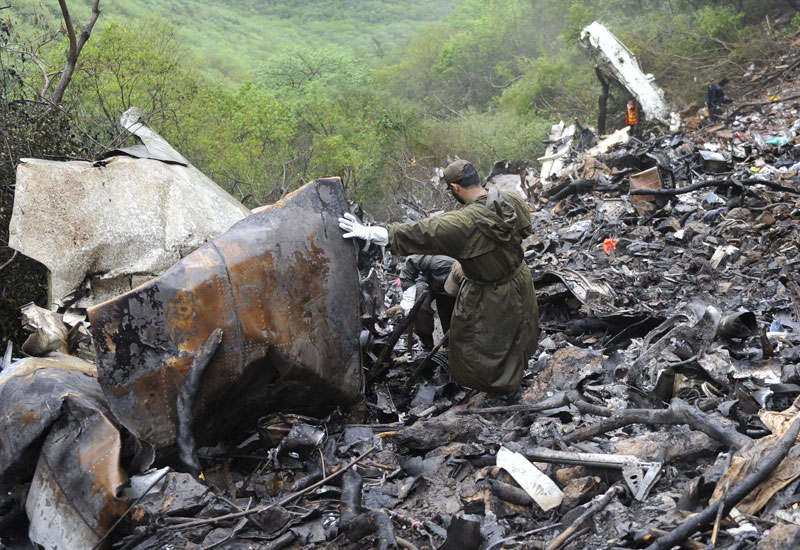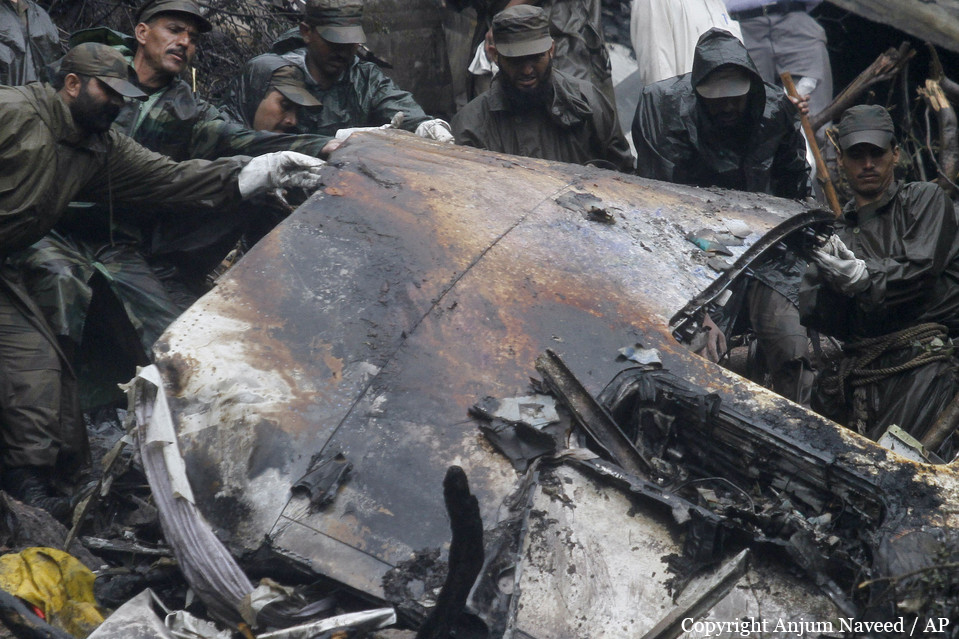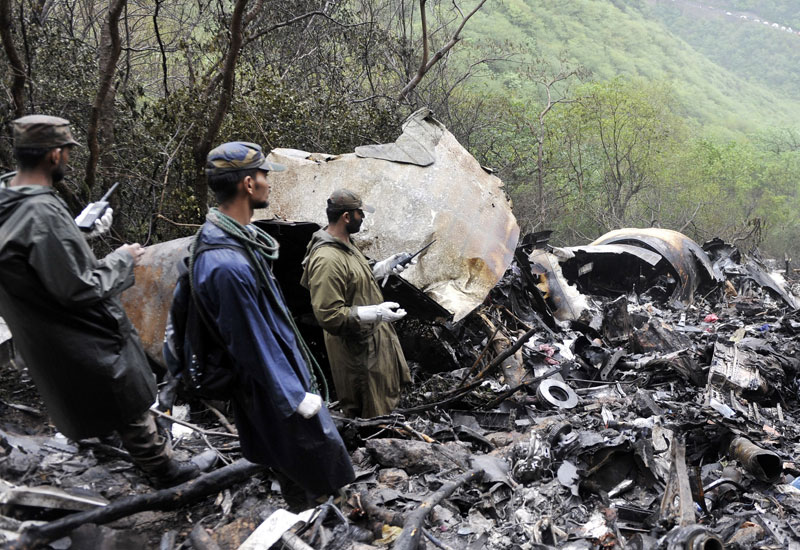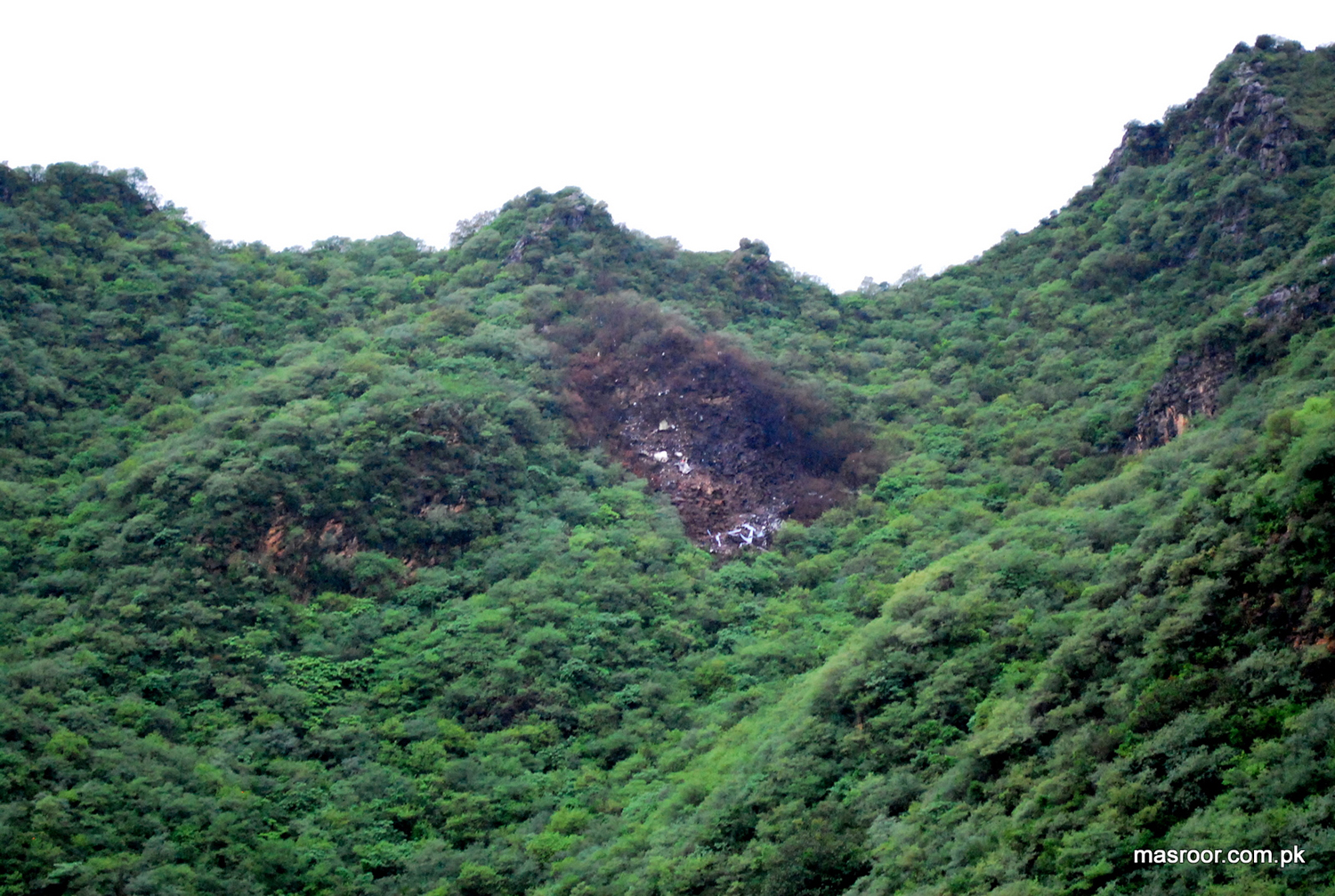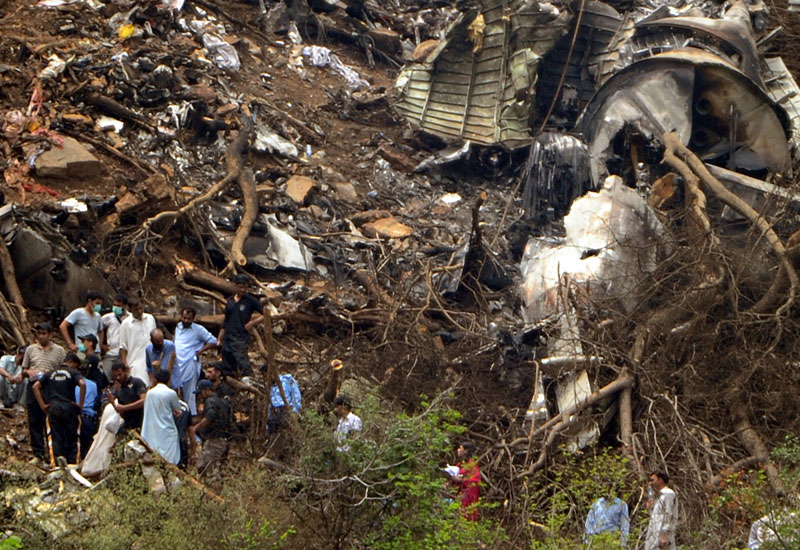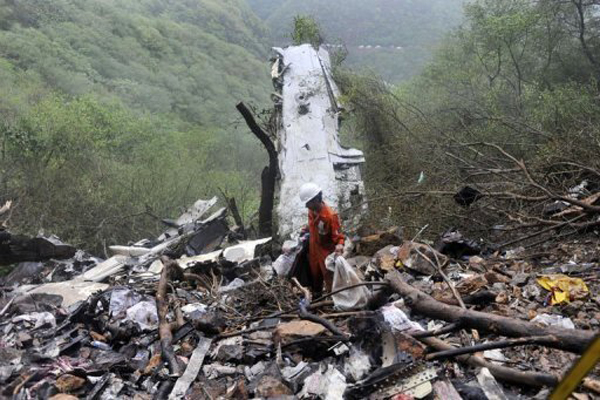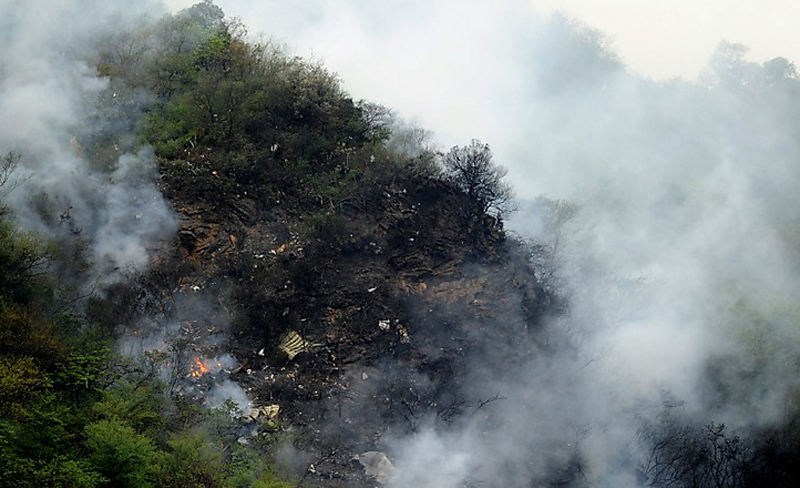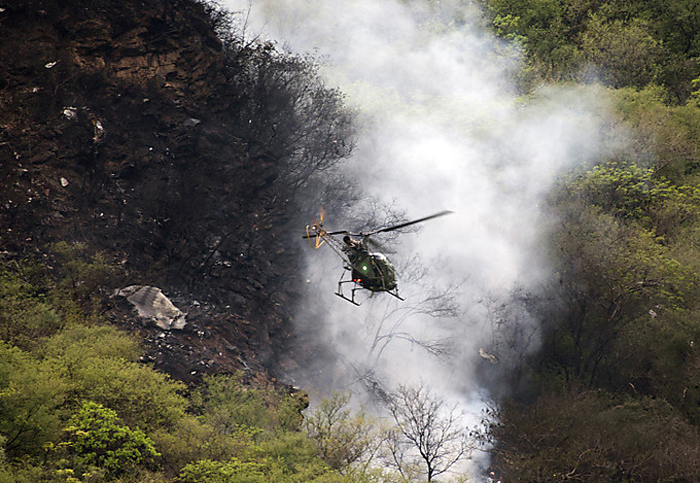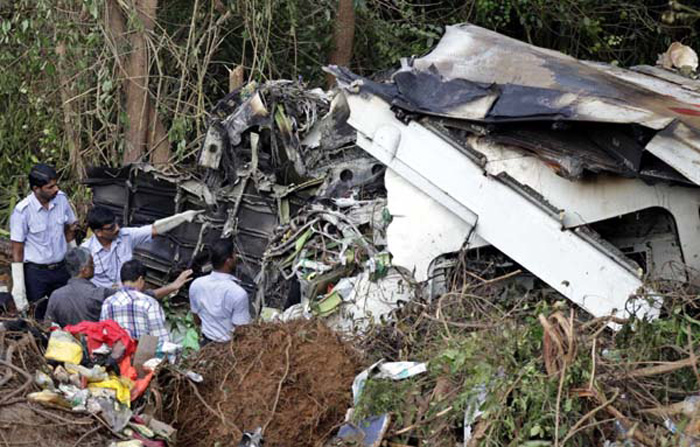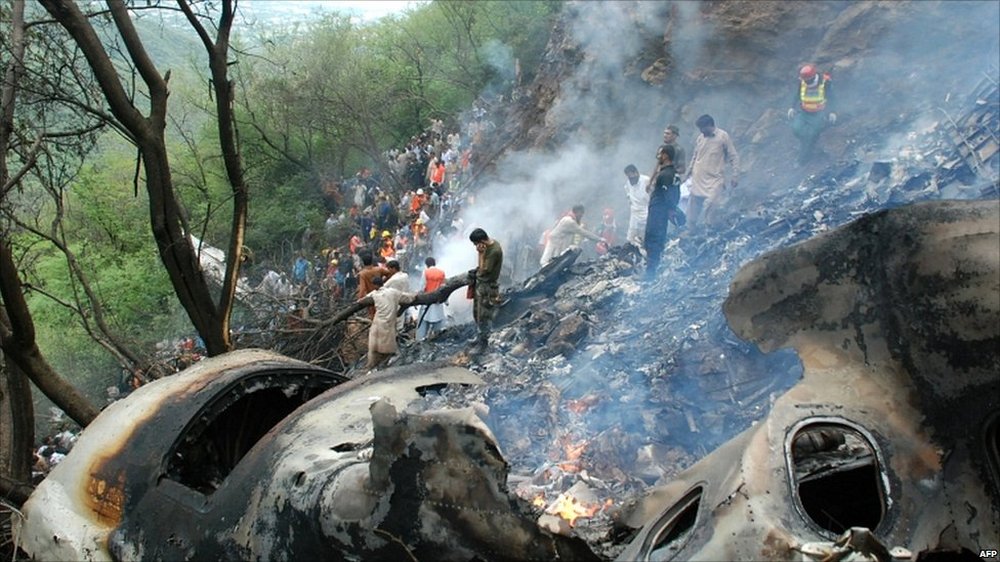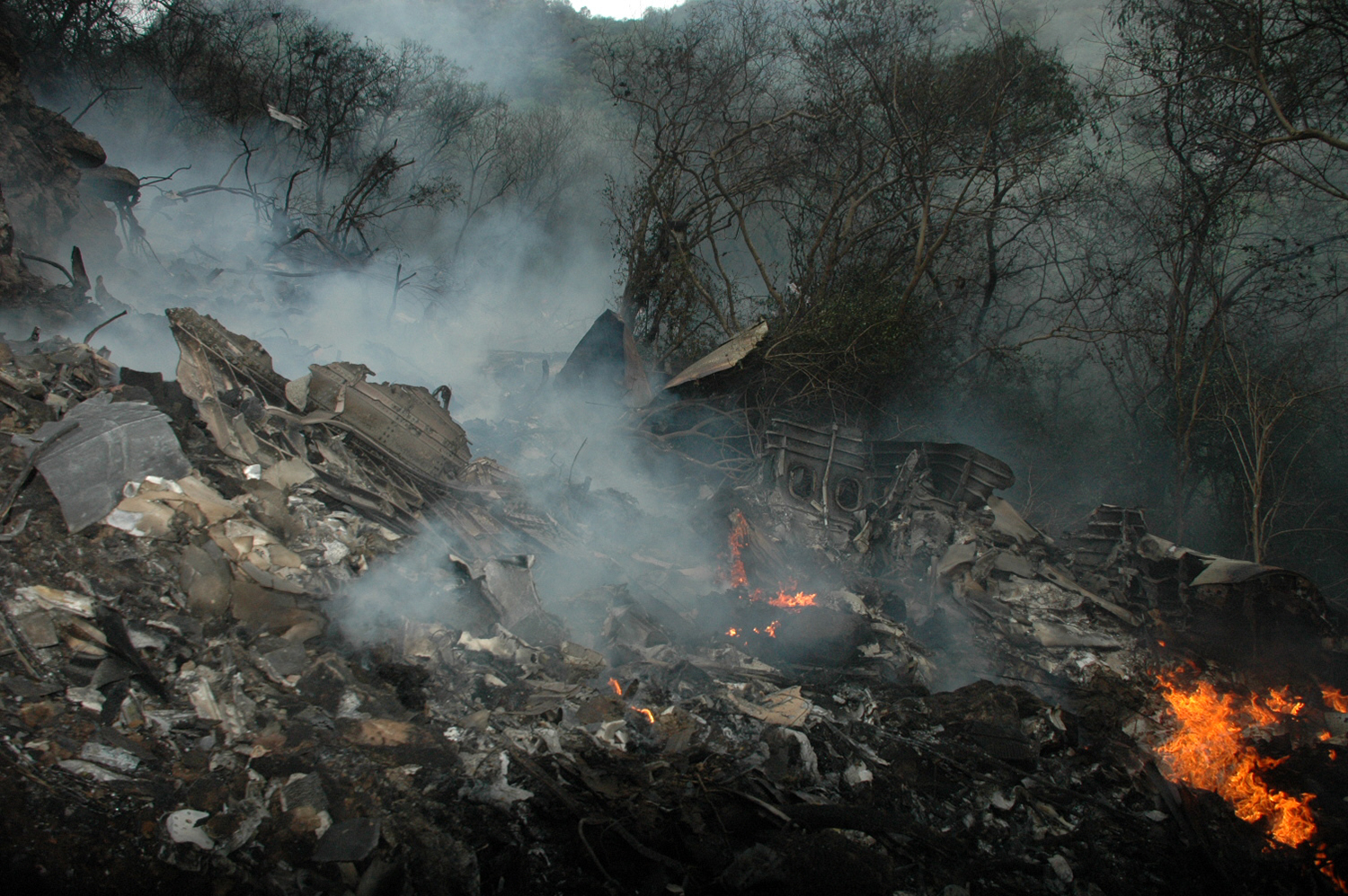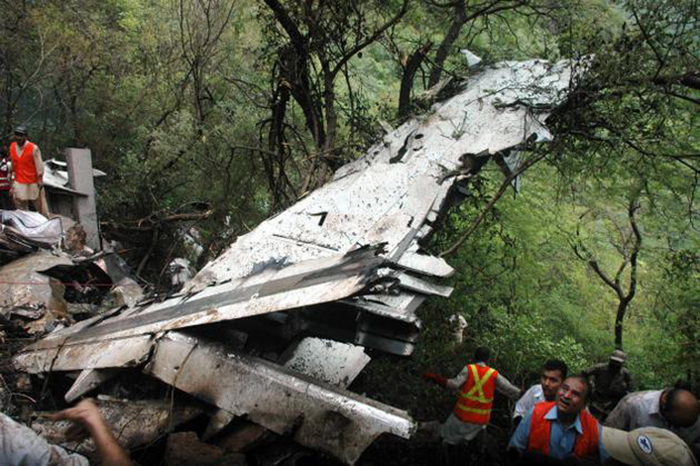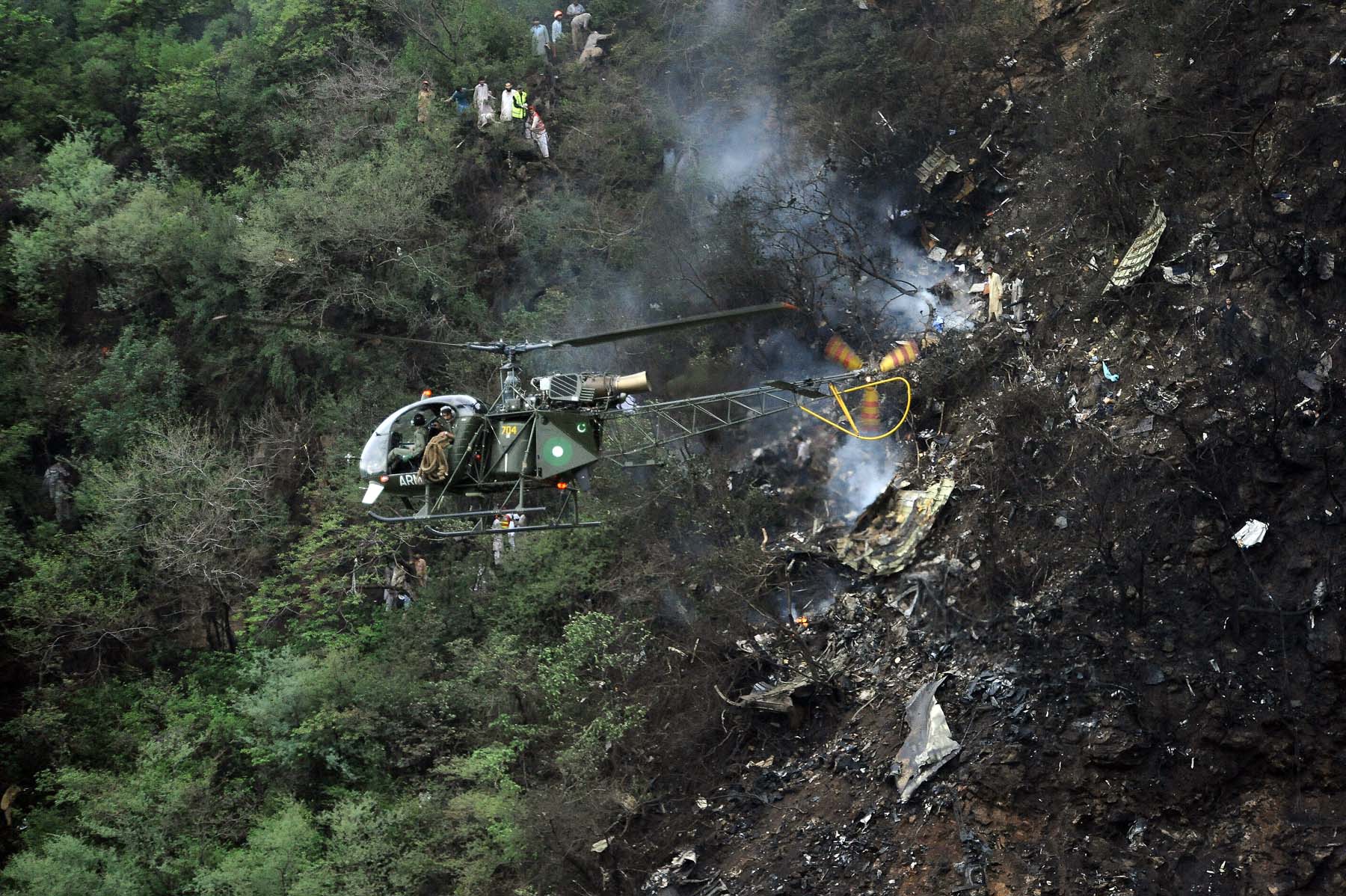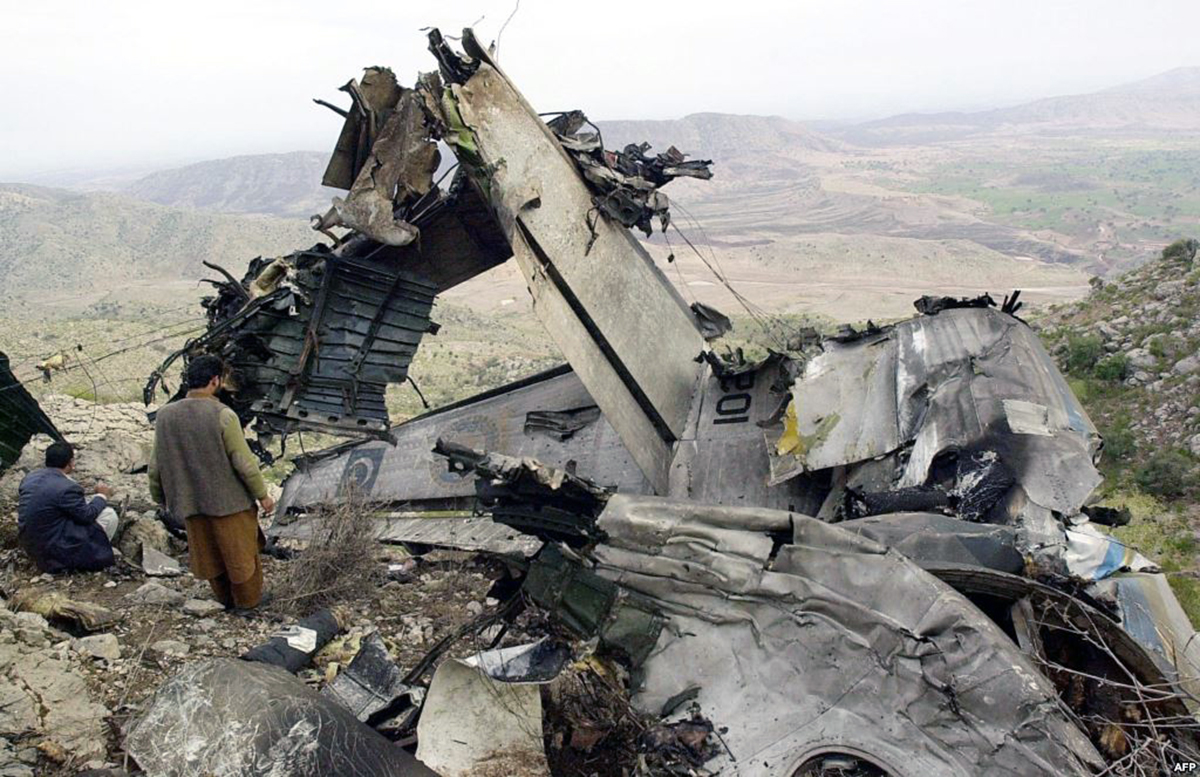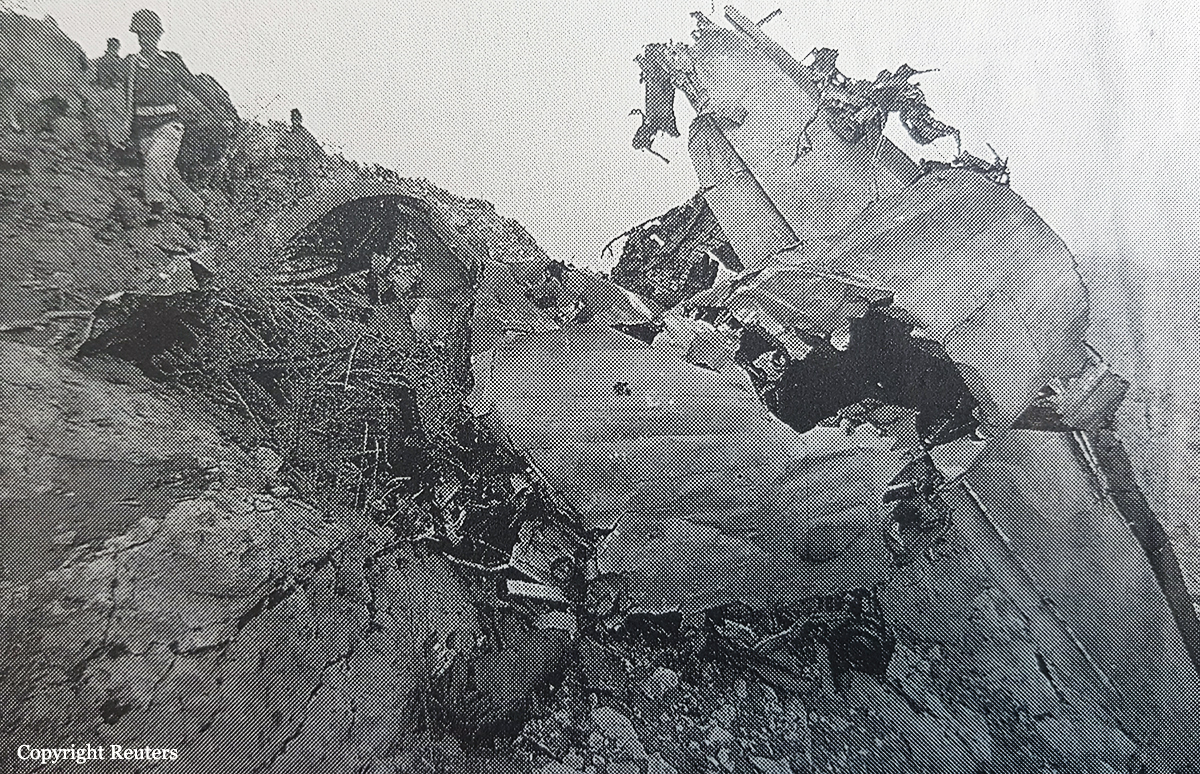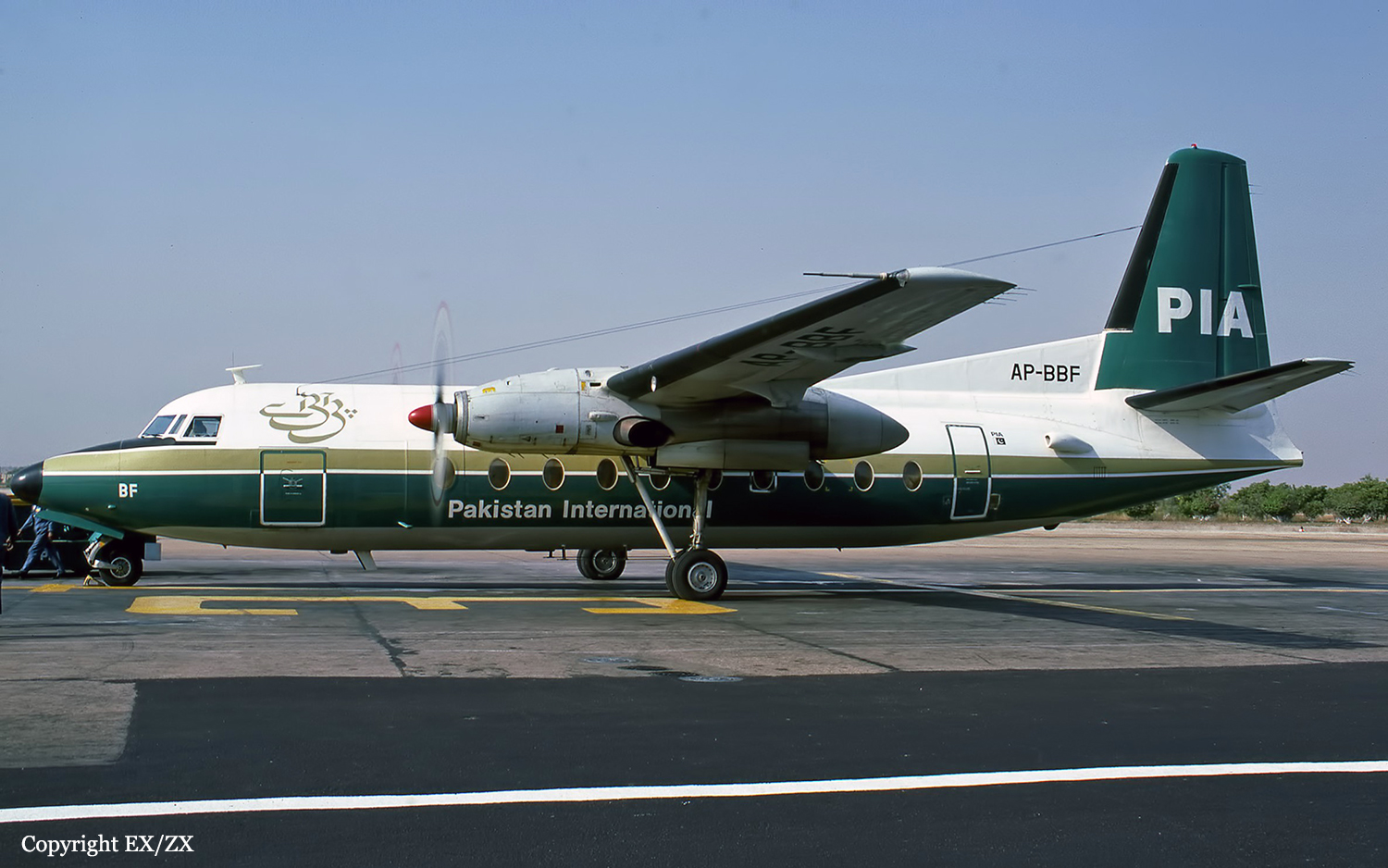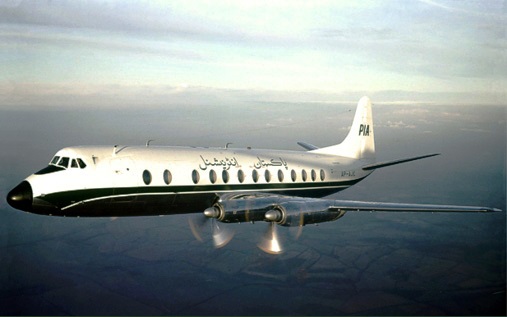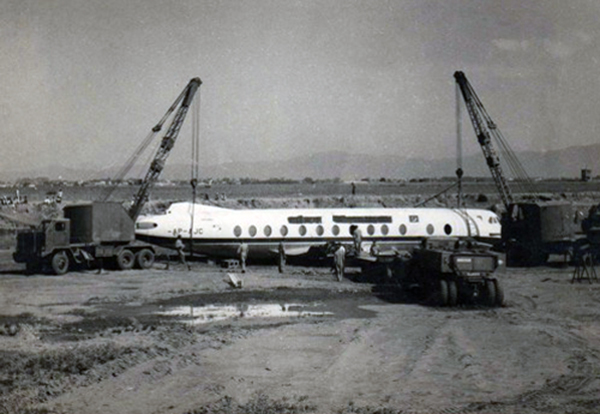Circumstances:
Flight PIA 605 ATR 42-500 aircraft Reg. No. AP-BHP was a scheduled passenger flight from IIAP, Islamabad to Gilgit Airport. There was no abnormality reported in the aircraft prior to the flight. Aircraft loading was within normal limits of 24.7% Centre of Gravity (CG) with Take-off Gross Weight (TOGW) 18,600 kilograms (kg). The aircrew was current and had adequate experience both on the aircraft as well as for flights to Gilgit Airport. Gilgit Airport is located at an altitude of 4,784 ft Above Mean Sea Level (AMSL) with R/W dimensions 5,400 x 100 ft and is deemed fit for operations under PCAA regulations. For this sector, Captain was Pilot Flying (PF) while the First Officer (FO) was Pilot Monitoring (PM). The aircraft took off from IIAP, Islamabad at 02:02 hours (h) and Auto Pilot (AP) was engaged at 260 ft Radio Altimeter (RA) height and the climb was performed under AP using Vertical Speed (VS) mode. This mode is not recommended as per Flight Crew Operations Manual (FCOM). As a consequence the aircraft Indicated Air Speed (IAS) dropped to 130 knots (kt) as opposed to standard climb speed of 160 kt. However, the enroute flight at Flight Level (FL) 165 subsequently remained uneventful. During the cruise, the lowest RA height prior to descent was recorded as 2,636 ft; however, this is in accordance with PIA Standard Operating Procedures (SOPs) for Northern Area flights where minimum separation of 2,000 ft Above Ground Level (AGL) is allowed and considered mandatory due to mountainous terrain. While approaching Gilgit Airport, Captain initiated the descent at 02:36:37 h at the designated point but maintained a higher speed accelerating up to 245 kt as opposed to the standard descent speed of 200 kt as per PIA SOPs. Despite being earlier than planned Estimated Time of Arrival (ETA) for Gilgit Airport, the Captain still elected to maintain higher speeds. The FO pointed out the anomaly of higher-than-normal speed, but Captain did not take any action to bring the aircraft to correct parameters. Moreover, the Enhanced Ground Proximity Warning System (EGPWS) warning also triggered at 02:45:10 h due to higher speeds as the aircraft descended into the valley for Approach. The Approach is mandatorily as per Visual Flight Rules (VFR) whereby the aircrew is to remain visual all the time with the terrain. As Gilgit Airport is located in a valley, Approach for Landing is a visual approach whereby the aircraft executes a base turn to align with the R/W for Landing after Approaching almost perpendicular to the R/W on base leg. This is because a standard Approach is not possible due to the presence of mountains all around. During base leg, at 02:48:54 h Captain announced tail wind picking up, whereas Gilgit Airport was reporting wind as calm. As per data available, the tail wind speed above 1,500 ft AGL was as high as 19 kt; however, it started to reduce progressively with decrease of altitude whereby it reduced to 4-5 kt upon touchdown. Due to high speed maintained by the Captain, the aircraft could not be brought to correct Landing configuration even during base leg. At 02:49:11 h, the Captain asked the FO’s opinion for carrying out a 360° turn to reduce the speed for Landing configuration. However, the FO left the decision to the Captain as, in his opinion, the speed was too high for executing the turn inside the valley. Moreover, as the Captain was more experienced and also his instructor, he trusted the Captain’s judgment and skill to make a successful Landing. Since the FO did not give any opinion on the Captain’s suggestion for a 360° turn, the Captain continued the Approach. As the aircraft continued towards the R/W, Flaps were selected to 15° below 180 kt and 491 ft AGL. Landing Gears (L/G) were lowered immediately after Flaps at 442 ft AGL and speed 174 kt instead of correct speed of 170 kt. Additionally, the Captain made an angling Approach to the R/W instead of executing a correct base turn as per procedure which describes a semi-circular arc. The Flaps came down to 15° position at 257 ft AGL whereas the L/G were in down and locked position only once the aircraft was rolling out on R/W heading at an altitude of approximately 50 ft AGL at a speed of 162-163 kt. Full Flaps could not be lowered and aircraft touched down on the R/W at time 02:47:50 h at approximately 150 kt in Flaps 15° configuration around 2,000 ft down the R/W. After touchdown, the Captain applied brakes, but without using Thrust Reversers. However, aircraft could not be stopped after the Landing Roll and departed from the far end of the R/W coming to a stop at 41 ft from the R/W threshold.
Probable cause:
Primary Causes:
- Involuntary runway excursion due to an intentional high-speed approach and landing by the pilot-in-command (PM).
- Failure to adhere to SOP's.
- Lack of situational awareness and anticipation resulting in inadequate decision making.
Contributing Factors:
- Lack of assertiveness by the pilot-in-command (PM).
- Inadequate application of Crew Resources Management (CRM).









